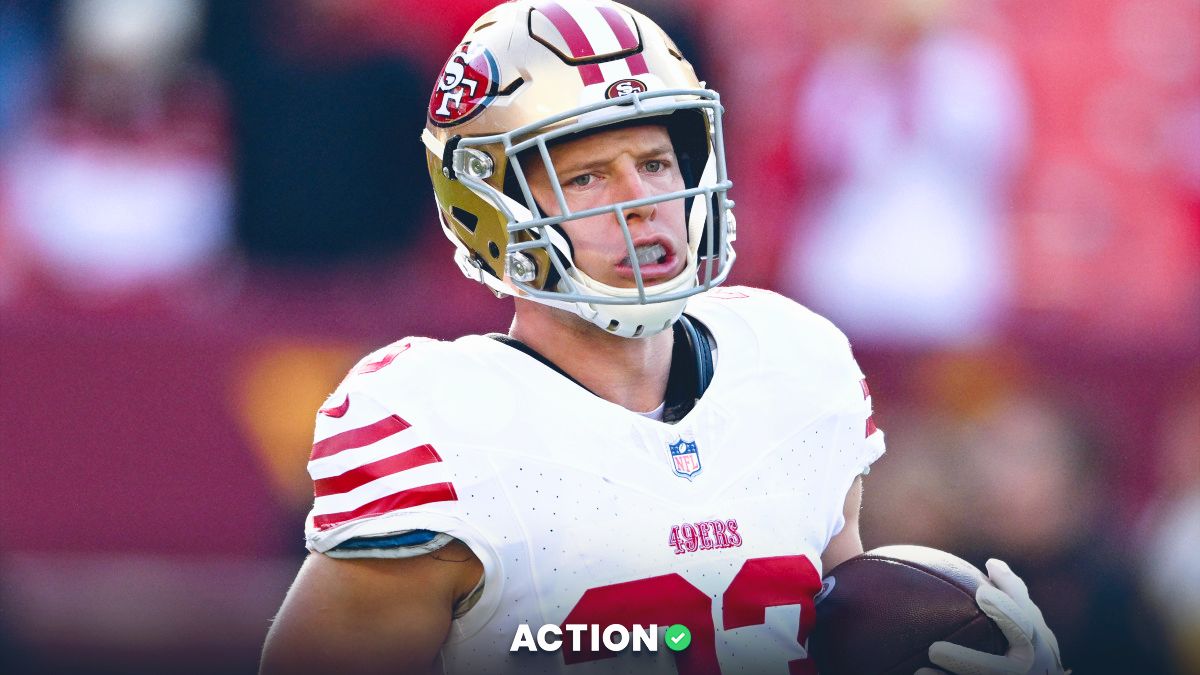You like a team to cover the spread against another. So much so, you're confident they should win by a larger margin than what the market says.
Or maybe it's the underdog's point spread you disagree with; you believe they should compete to a closer margin — or perhaps even upset.
That's where using the alternate spread becomes a handy tool. Sportsbooks allow bettors to adjust the spread, with different odds for each alternate spread.
The spread for any given football or basketball game usually has -110 for both the favorite and the underdog: The favorite with the "minus" points and the underdog with the "plus" i.e. Titans +11, Cowboys -11.
You can identify how close or tilted the market expects a game to be based on how large the number spread is set. In its normal spread market, FanDuel lists the Dallas Cowboys at -11 and the TennesseeTitans at +11 for their matchup on Dec. 29, 2022.
But here, you can see some of the alternate lines for Titans-Cowboys — you would've gotten a pretty handsome payout betting the Titans as a favorite (like +800 at -4.5) and you'd have to pony up if you wanted to take the Cowboys as an underdog (like -1800 at +4.5).

And moving a team like the Seahawks from +2 to -4.5 against the Jets would've given you just a +172 payout, because the two teams were much closer.
Given the Titans had a five-game losing streak entering this game, a bettor could've theoretically believed that the 9-6 ATS, 11-4 overall Cowboys could bust the floodgates open in a blowout. In that case, they could've adjusted the spread by half-point increments all the way up to -27.5 points.
Each sportsbook prices and displays alternate spreads slightly different. Caesars had an ambitious wager like this priced at +522. The threshold on betting the favorite also depends on the matchup and the book. FanDuel allowed bettors to take the Cowboys up to -35.5 points (which would pay +1300) while BetMGM only allowed up to -19.5.
The odds gradually gain the more points given to the Cowboys and therefore the higher the payout. On the other end of the spectrum, points can be taken back from the Titans to tighten the margin (if you think the game will be closer than the market). In this scenario, the smaller the spread the higher the odds move — since they're the underdog.

Let's look at a more reasonable alternate spread: The bettor tacks on the extra two points and bets Tennessee +9. The odds would boost to +118, since the market thinks it's less likely for the Titans to keep this pace with the Cowboys. But if the bettor went with Dallas -9, then the odds would diminish down to -163, since it's more likely for the Cowboys to cover this. It's obviously more attractive to bet the plus-money wager if you have a conviction for that particular bet.
There's also the rare cases where a bettor would use the alternate spread to bet in reverse. This means they would bet the Titans to win by a certain amount of points (-2.5 at +464) or Dallas to lose (+2.5 at -904).
So, the more you stray in favor of the Cowboys from the original 11-point spread, the higher the line. The more you take back from the 11 points that were given to the Titans, the higher the line.
Sportsbooks offer alternate spread markets for all major North American sports (NFL, NBA, MLB and NHL), college basketball, football and any professional soccer league.
Since basketball games are inherently a high-scoring affair, it reflects similar point spreads to football. Let's say there's a game between the Brooklyn Nets and Atlanta Hawks which is set at 6.5 points. But there's also the Thunder-Hornets game which is set at one point, so there lies opportunity for bettors to get creative since the average margin of victory in an NBA game is 3.5 points. Then there's the Rockets-Mavericks on the same day set as high as 10 points. Bettors can adjust this up to 27.5 points.
Hockey is interesting because it's a volatile, low-scoring game. So the spread is always at 1.5 no matter the matchup. For instance, let's say the Florida Panthers and Montreal Canadiens game is perceived as a tilted one. It could only be moved up to 3.5 with the alternate spread — Florida -3.5 is +300, Habs +3.5 is -410.
Baseball follows the same formula due to its low-scoring. Plus, scoring begins with pitching factors, which are tough to gauge a run differential. This calls for erratic game results. Games commonly end with a winning margin of one run, so the 1.5 spread is assigned to every game — no matter the starting pitchers or polarity of lineups.























































